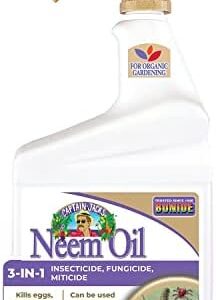Do you ever look out at your garden and wish it was bursting with life and color? Have you ever wanted to do your part to support the declining butterfly population? Well, good news – you can do both at the same time! By beautifying your space with the right plants and features, you can create a butterfly-friendly garden that not only looks stunning but also helps support these important pollinators. In this article, we’ll explore some tips and tricks for creating a butterfly paradise in your own backyard.
First things first, let’s talk about the most important aspect of a butterfly garden – the plants. Butterflies are attracted to bright, colorful flowers that provide them with nectar for food. Some of the best plants to include in your garden are milkweed, butterfly bush, coneflowers, and lantana. These plants not only provide a food source for butterflies but also offer a safe resting place for them to lay their eggs and complete their life cycle.
It’s also important to consider the layout of your garden. Butterflies are attracted to sunny, open spaces with plenty of nectar-rich flowers. Try to create small patches of flowers throughout your garden to attract a variety of butterfly species. You can also incorporate features like birdbaths, rocks, and log piles to provide butterflies with resting spots and shelter from predators.
Another important aspect of creating a butterfly-friendly garden is to avoid the use of pesticides. These chemicals can be harmful to butterflies and other pollinators, so it’s best to opt for natural pest control methods like planting companion plants or encouraging natural predators like ladybugs and lacewings. By creating a balanced ecosystem in your garden, you can help support a healthy population of butterflies.
In addition to planting the right flowers and avoiding pesticides, there are a few other things you can do to make your garden a welcoming space for butterflies. One easy way to attract butterflies is to provide them with a water source. You can set up a shallow dish filled with water and rocks for butterflies to drink from, or even create a small pond or birdbath in your garden. Just make sure to keep the water clean and fresh to prevent the spread of disease.
You can also create a butterfly habitat by including a variety of plant heights and textures in your garden. Butterflies need a diverse range of plants to fulfill their needs throughout their life cycle, so try to include a mix of tall, medium, and low-growing plants in your garden. This will not only attract more butterflies but also create a visually interesting and dynamic landscape.
Finally, don’t forget to provide butterflies with food sources throughout the year. While most butterflies are active in the spring and summer, some species can be seen year-round. Planting a variety of flowers that bloom at different times of the year will ensure that butterflies always have access to food, no matter the season. You can also consider planting native plants that are well-adapted to your local climate and soil conditions, as these will provide the best food source for butterflies in your area.
By following these tips and creating a butterfly-friendly garden, you can help support the declining population of these important pollinators while also beautifying your outdoor space. So go ahead, roll up your sleeves, and get to work creating a garden that not only looks good but does good too. Your efforts will be rewarded with the sight of colorful butterflies fluttering through your garden, and you can take pride in knowing that you are making a positive impact on the world around you.






